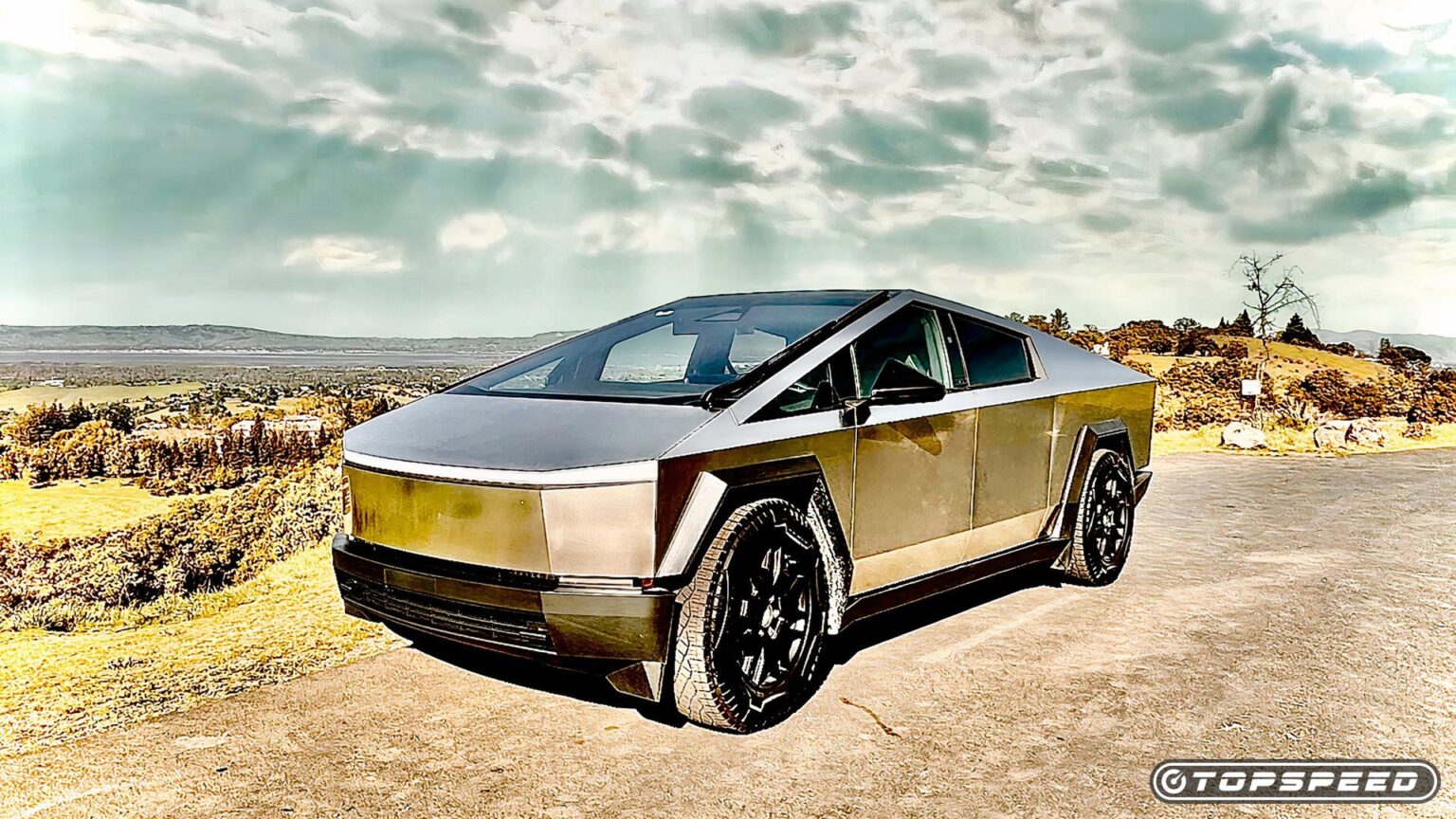Tesla recently launched software update 2024.45.25.5, and instead of updated features and other enhancements, some owners claim their Cybertruck has been bricked and rendered inoperable. These issues come following other reported issues with Tesla’s new HW4 self-driving computer hardware, which is also leaving owners with cars they cannot drive. Whether or not the two issues are related remains to be seen, but it might be advisable to avoid software updates for now.
Recent Tesla Hardware And OTA Update Issues
News of the OTA update problems comes courtesy of owners posting on the Cybertruck Owners Club forum. As of now, there have been no official statements released by Tesla, but one owner has shared notes from his recent visit to a service center following an OTA Bricking that says the firmware had been “hammered” midway through install:
“Inspection found vehicle unresponsive. Reviewed logs and firmware. Found firmware hammered for an unknown reason midway through install. Partial update disabled vehicle. Supported MV system onsite and redeployed latest firmware update. Verified successful. Verified operation.”
In this particular case, it only took an hour for the reset and the owner was able to drive home, but others haven’t been so lucky. If the vehicle is charging when the firmware is hammered, the 48-volt battery is apparently also drained, preventing you from disconnecting the charger – something that might require mobile service to come and supply power for charger disconnect.
Tesla HW4 Issues
Tesla launched HW4 in January 2023 with it landing in the Model Y in early 2024, which is supposed to save costs for the company with less RAM and storage while at the same time allowing for faster AI calculations. This hardware update, known as AI4.1 has been reported to short-circuit and fail, in some cases, within a few hundred miles after delivery. This failure disables the use of FSD completely along with the cameras and GPS navigation, which also means range estimates are unavailable too.
It’s still unknown of HW4 and the OTA updates are related in anyway, but rumor has it that the 48-volt electrical system could be shorting out the new HW4 system during the camera calibration process. Considering that owners are reporting a dead low-voltage system with the OTA bricking issue, there’s at some commonality between the two problems.
The other big thing of note here is that so far Tesla has been unable to get FSD 13 to run HW3, which means the company may have to retrofit older models with HW4 computers in order to provide existing owners with the latest versions of FSD.
Hold Off For Now
At this point, the biggest takeaway here is that if you haven’t updated to 2024.45.25.5 software yet, it’s probably best to wait until Elon Musk has announced that the underlying issues have been resolved. Furthermore, with the issues surrounding HW4 failure, postponing the purchase of a new Tesla isn’t the worst idea at the moment, at least until Tesla has resolved those issues as well.
What We Can Learn From Tesla’s Issues
OTA updates aren’t really a new thing; we’ve had them on our cell phones for years. But, for vehicles, it’s still a relatively new thing in the grand scheme of things. If automakers aren’t thoroughly testing OTA updates before sending them out – especially automakers that double as tech companies like Tesla – we could see more vehicle bricking down the road during the OTA update process.
I’m not suggesting we skip OTA updates forever, but if you only have one mode of transportation, it might be best to hold off on new updates for a few days to make sure you don’t end up with a bricked vehicle you can’t drive. With any luck, Tesla and other automakers will recognize the potential for issues with OTA updates and take better precautions to prevent bricking in the future.
Read the full article here


